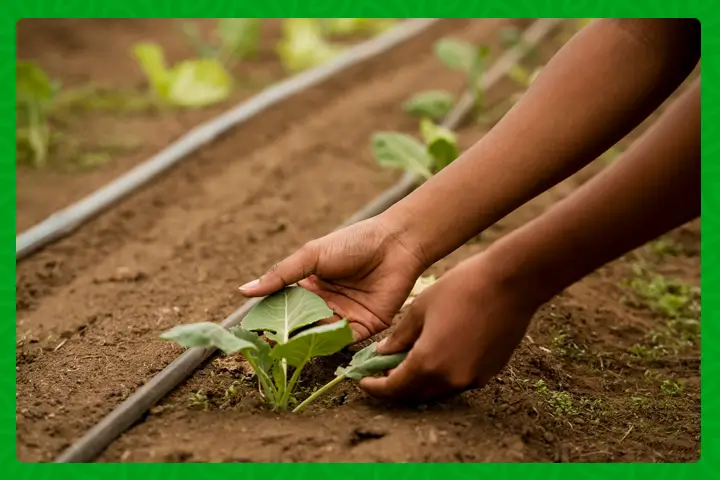
The Food and Agriculture Organization Subregional Office for Eastern Africa (FAO SFE) recently convened its 17th Multidisciplinary Team Meeting (MDT) from October 10 to 12, 2023. With the theme “Enhancing Innovation and Cohesion to Advance Sustainable and Resilient Agri-food Systems in Eastern Africa,” this event in Addis Ababa, Ethiopia, brought together government representatives from seven East African countries – Djibouti, Eritrea, Ethiopia, Kenya, South Sudan, Somalia, and Uganda. The central message echoed throughout: Science, innovation, and digitization are the cornerstones of progress for Eastern Africa’s agriculture.
Addressing a Dire Situation
Hunger is a harsh reality in East Africa, with approximately 20 million people in the worst-affected countries, including Ethiopia, Kenya, and Somalia, facing dire food insecurity due to unprecedented drought. H.E Girma Amente, the Minister of Agriculture for the Federal Republic of Ethiopia, emphasized the critical role of science, innovation, technology, and partnerships in achieving sustainable and resilient agri-food systems. He highlighted Ethiopia’s success in wheat production as a testament to the transformative power of innovation and technology.
FAO Assistant Director-General and Regional Representative for Africa, Abebe Haile Gabriel, underscored the unique challenges that Eastern Africa faces. These challenges include climate extremes, transboundary pests and diseases, protracted conflicts, and economic downturns. To address these multifaceted challenges, Gabriel stressed the need for innovation, effective collaboration, partnerships, and concerted actions.
Agriculture as a Lifeline
Agriculture remains the lifeline of the region, providing employment to the majority of its population and significantly contributing to local and regional GDP. However, it faces numerous obstacles, including rising conflicts that lead to displacement, hindering development and resilience efforts. The majority of agriculture in East Africa is rain-fed, making it vulnerable to recurrent droughts, floods, and emerging pests. Pastoralists, who play a vital role in the ecosystem, often face neglect, disease threats, and the impacts of climate change.
Chimimba David Phiri, the outgoing Subregional Coordinator for Eastern Africa, stressed the importance of collaboration and innovation in overcoming these challenges. He highlighted the potential of digital agriculture, which can harness the skills of the growing number of youths graduating from universities and colleges in Eastern Africa. Phiri emphasized that it’s not just about technology; it’s about shaping the future of agriculture in the region.
Promising Innovations
Innovative practices, such as integrated farming systems and Regenerative Agriculture, offer the potential to increase farm income while conserving the environment. These practices strike a harmonious balance between tradition and innovation, ensuring that agriculture remains sustainable and profitable. The livestock sector, with its immense potential, requires attention, especially in terms of livestock feed and related issues to make it resilient and less vulnerable to recurring climate shocks.
A Unified Approach
The MDT meeting benefited from the participation of the Ministry of Agriculture and the permanent secretaries from seven Eastern African countries. The meeting facilitated discussions on improving program delivery to address existing gaps. These discussions were guided by the principles of Science, Innovation, and Digitalization in Agriculture. Practical sessions on delivering FAO’s corporate priorities, known as the “four Betters” (better production, better nutrition, a better environment, and a better life), provided a roadmap for improving efficiency in program delivery.
In summary, the 17th Multidisciplinary Team Meeting underscored the pivotal role of science and innovation in shaping the future of agriculture in East Africa. It emphasized the need for collaboration, innovative practices, and digital solutions to address the region’s agricultural challenges. As East Africa navigates its formidable obstacles, the region is also ripe with opportunities, and with concerted efforts, it can shape a brighter future for its agriculture and, in turn, for its people.


















